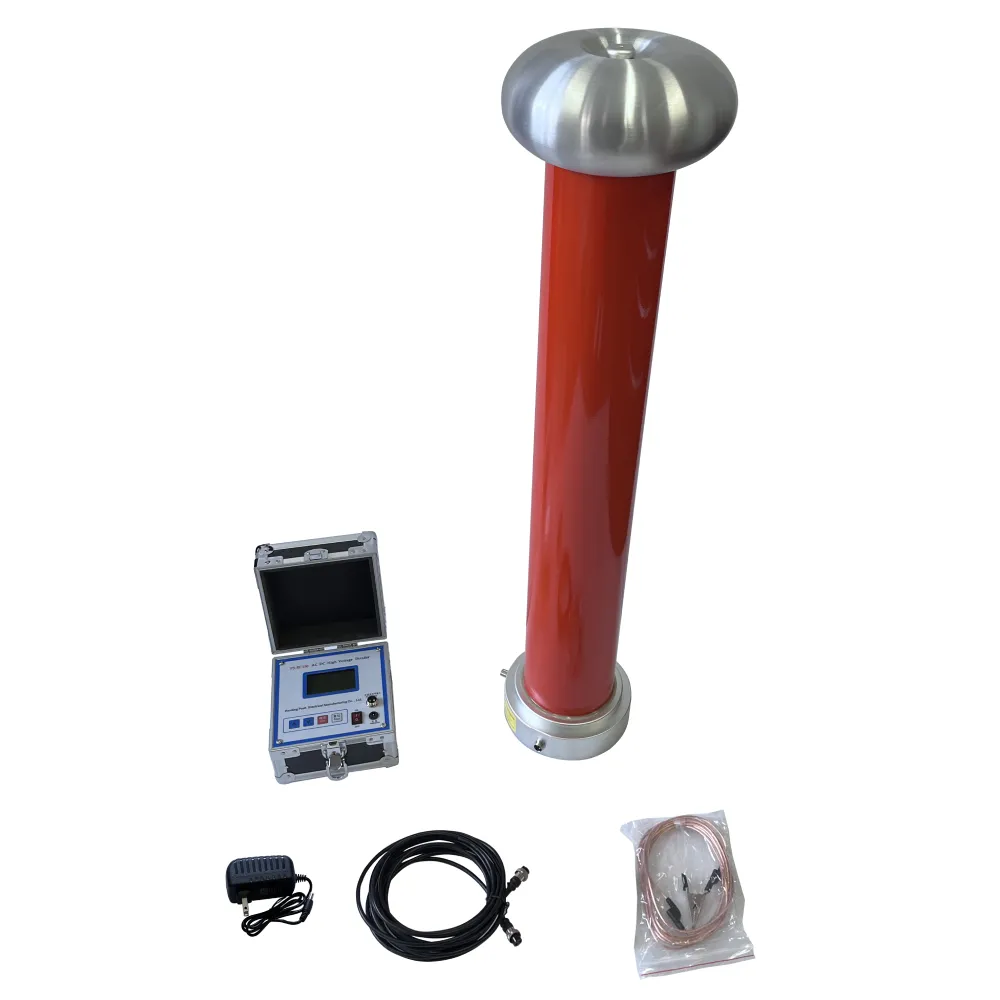 English
English


Exploring the Applications and Benefits of Potentiometric Techniques in Modern Analytical Chemistry
The Potentiometric Technique An Overview
Potentiometric techniques are pivotal in the field of analytical chemistry. They involve measuring the electric potential of a solution to determine the concentration of ions or other chemical species within that solution. This method is widely used due to its simplicity, accuracy, and ability to analyze samples with minimal preparation.
At the core of potentiometric techniques is the use of electrodes, particularly ion-selective electrodes (ISEs). These electrodes are sensitive to specific ions, allowing for the selective measurement of ion concentration in a solution. The most common ion-selective electrodes include those for pH, fluoride, chloride, and many others, each tailored to detect a particular ion based on its chemical behavior.
The principle of potentiometric measurement is predicated on the Nernst equation, which relates the potential (voltage) of a half-cell to the concentration of ions in solution. According to this equation, the voltage measured by the electrode is directly proportional to the logarithm of the ion activity. As ion concentration changes, so does the electric potential, which can be precisely measured using a digital voltmeter. This relationship enables us to quantify how many moles of a particular ion are present in a given volume of solution.
potentiometric technique

One of the primary advantages of the potentiometric technique is its versatility. It can be applied in a wide range of fields, from environmental monitoring to clinical diagnostics. For instance, in environmental science, potentiometric methods are employed to monitor water quality by measuring levels of various ions that may indicate pollution or nutrient status. In clinical laboratories, potentiometric techniques help in assessing electrolyte imbalances that can affect patient health, such as sodium and potassium levels in blood or urine.
While potentiometry is a robust method, it has its limitations. Precision can be affected by factors such as temperature, ionic strength of the solution, and the presence of interfering ions. However, advances in electrode technology and calibration methods have improved the reliability of potentiometric measurements. Modern ion-selective electrodes often incorporate solid-state materials and improved membranes, enhancing their sensitivity and selectivity.
Calibration is a critical aspect of potentiometric analysis. It typically involves preparing a series of standard solutions with known concentrations of the target ion, allowing for the construction of a calibration curve. This curve is then used to convert measured potentials into actual concentration values in test samples. Regular calibration ensures accuracy and helps mitigate the effects of drift that can occur over time.
In summary, the potentiometric technique is a fundamental tool in analytical chemistry providing valuable insights into ion concentration with a wide range of applications. Its principles are founded on the relationship between potential and ion activity, making it a reliable choice for various scientific inquiries. Despite some limitations, ongoing advancements in technology continue to enhance its effectiveness, making potentiometry a mainstay in laboratories worldwide. As the demand for precise and efficient analytical techniques grows, potentiometric methods will undoubtedly play a critical role in meeting these challenges and advancing our understanding of chemical interactions in diverse scenarios.
-
Differences between open cup flash point tester and closed cup flash point testerNewsOct.31,2024
-
The Reliable Load Tap ChangerNewsOct.23,2024
-
The Essential Guide to Hipot TestersNewsOct.23,2024
-
The Digital Insulation TesterNewsOct.23,2024
-
The Best Earth Loop Impedance Tester for SaleNewsOct.23,2024
-
Tan Delta Tester--The Essential Tool for Electrical Insulation TestingNewsOct.23,2024





